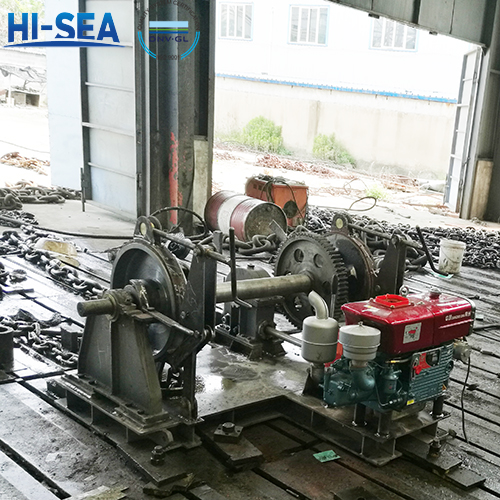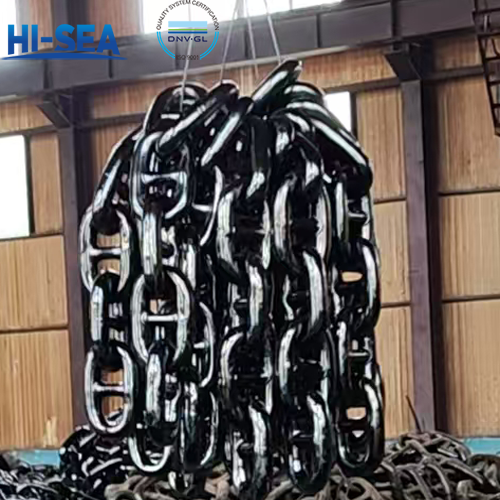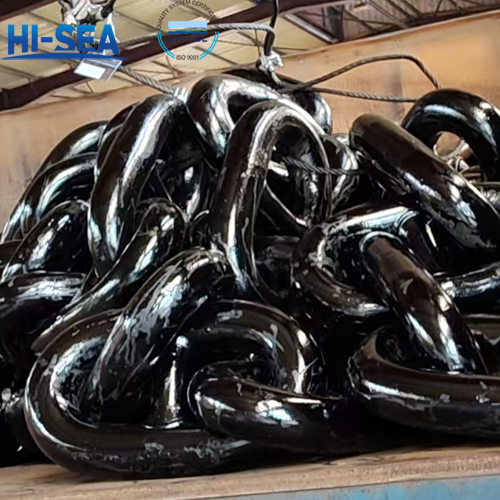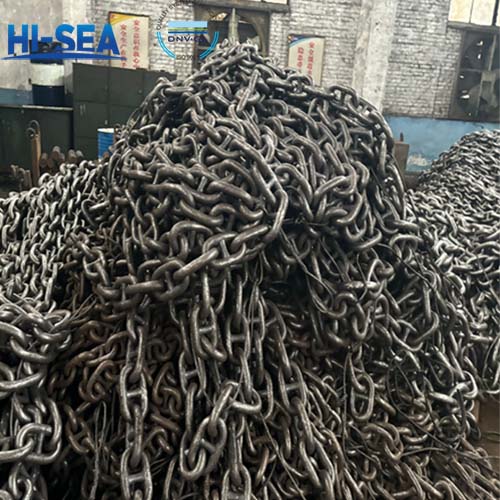
Test methods for hydraulic/diesel engine anchor windlass
The test of hydraulic/diesel engine anchor windlass should be carried out in the GB/T 4447-92. If there are any class certificate requirements, it should comply with the rules or standards of the corresponding classification society.
Overview
The test of hydraulic/diesel engine anchor windlass should be carried out in the GB/T 4447-92. If there are any class certificate requirements, it should comply with the rules or standards of the corresponding classification society.
Hydraulic/diesel engine windlass is a device used for ship anchoring operations, and its experimental methods and requirements can be carried out according to the following steps and standards (GB/T 4447-92):
1. The test of the electric anchor shall be carried out in accordance with the requirements of CB/T 3242-1995.
2. Other power-driven windlass and anchoring device should be tested and inspected according to the following items, and if necessary, they should be added or removed
The experimental project requires an agreement between the user and the manufacturer when signing the purchase contract. The testing site should also be determined when the user signs a contract with the manufacturer.
2.1 The windlass must operate continuously without load for 30 minutes at a speed not lower than the nominal speed. 15 minutes per turn. After the 30 minute test, the speed should be changed as soon as possible, with an additional 5 minutes of operation for each turn.
The following checks or measurements should be carried out during the experiment:
a.Oil sealing condition;
b.Bearing temperature;
c.Is there any abnormal noise.
2.2 Windlass should be tested according to the specified working load, nominal speed, and overload tension, and should meet the requirements of the standard GB/T 4447-92 regulations.
The following checks or measurements should be carried out during the experiment:
a. Oil sealing condition;
b. Bearing temperature;
c. Is there any abnormal noise.
d. Is there any chain skipping phenomenon
2.3 It is necessary to conduct tests on the working condition and operational performance of the control braking device and the anchor chain wheel braking device to ensure compliance with the requirements of this standard.
For the anchor chain wheel braking device, tests should be conducted to control anchoring and stopping. The supporting load of the anchor chain wheel braking device can be verified through tests or calculations, which will be determined when the user signs the purchase contract with the manufacturer.
2.4 If the windlass is equipped with a remote control or other special device, its handling performance must be checked.
For more marine anchor windlass information, kindly please click here.





